Brazil: the future of packaging, poised between tradition and innovation
Written by Filippo Bellini – Journalist
There is no doubt that Brazil, a confederation of states and still erroneously perceived as a single, homogeneous entity, is finally awakening from its torpor, which for too long has relegated it to a self-reliant market that, although flourishing, has thus far prevented it from making a name for itself internationally (excluding China, obviously).
In compliance with ESG (Environmental, Social and Governance) standards of practice, a development process has therefore emerged that is a direct emanation of a long-term political project embodying not only actions from a social point of view, but also very practical strategies such as the extremely recent VAT reform that moves towards global alignment, thus favouring industrial activities.
This set of measures supports strategic areas such as energy, environment and technological innovation with a view to increasing sustainability. These three areas clearly describe the entire production chain in various sectors including packaging.
There is a growing demand for eco-friendly packaging, not only because of increasingly stringent environmental regulations, but also due to a greater awareness among end consumers. This therefore paves the way for lightweight, biodegradable and recyclable packaging, particularly for the food sector.
The materials of choice are undoubtedly bioplastics, paper and cardboard. The latter is most intensively used in the form of “corrugated cardboard” for shipping packaging that, due to the huge and growing importance of e-commerce, must be robust and protect the contents of the purchase for which the consumer will not tolerate the slightest imperfection or defect even in the secondary packaging, which must be intact too.
And secondary packaging also focuses on recycled and reusable materials, with an emphasis on closed-loop processes and high-performance technologies. Its graphic appearance tends to suggest a “bossa” touch (that is, reminiscent of Brazilian atmospheres), while combining contemporary aspects in terms of colours and graphics, favouring a clear and recognisable visual impact (Photo 1 and 2)
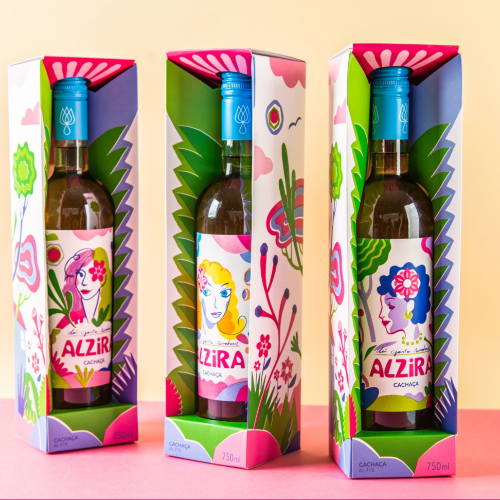
Photo 1 – Cachaca Alzira by Collettivo Design
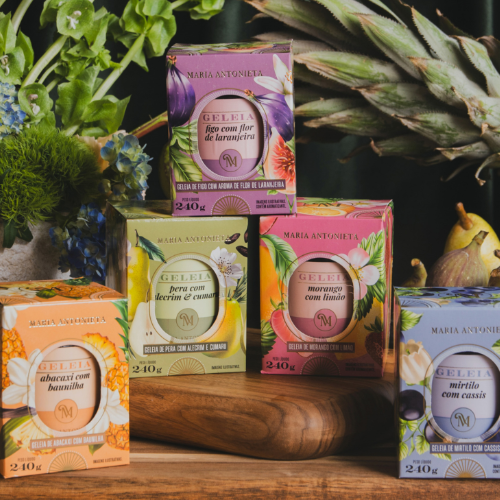
Photo 2 – Maria Antonieta geleias by MELT Design
There is also a growing trend in the use of seasonal graphics and cultural themes to foster emotional consumer involvement. (Photo 3 and 4).

Photo 3 – Doritos Festival Feira Preta 2024 by AM Leon

Photo 4 – òba grocery bag by MELT Design
The same trend applies to primary packaging, which seeks minimalist designs with simple labels and transparent materials that foster consumer confidence and highlight product quality, especially for the premium market (photo 5 and 6).
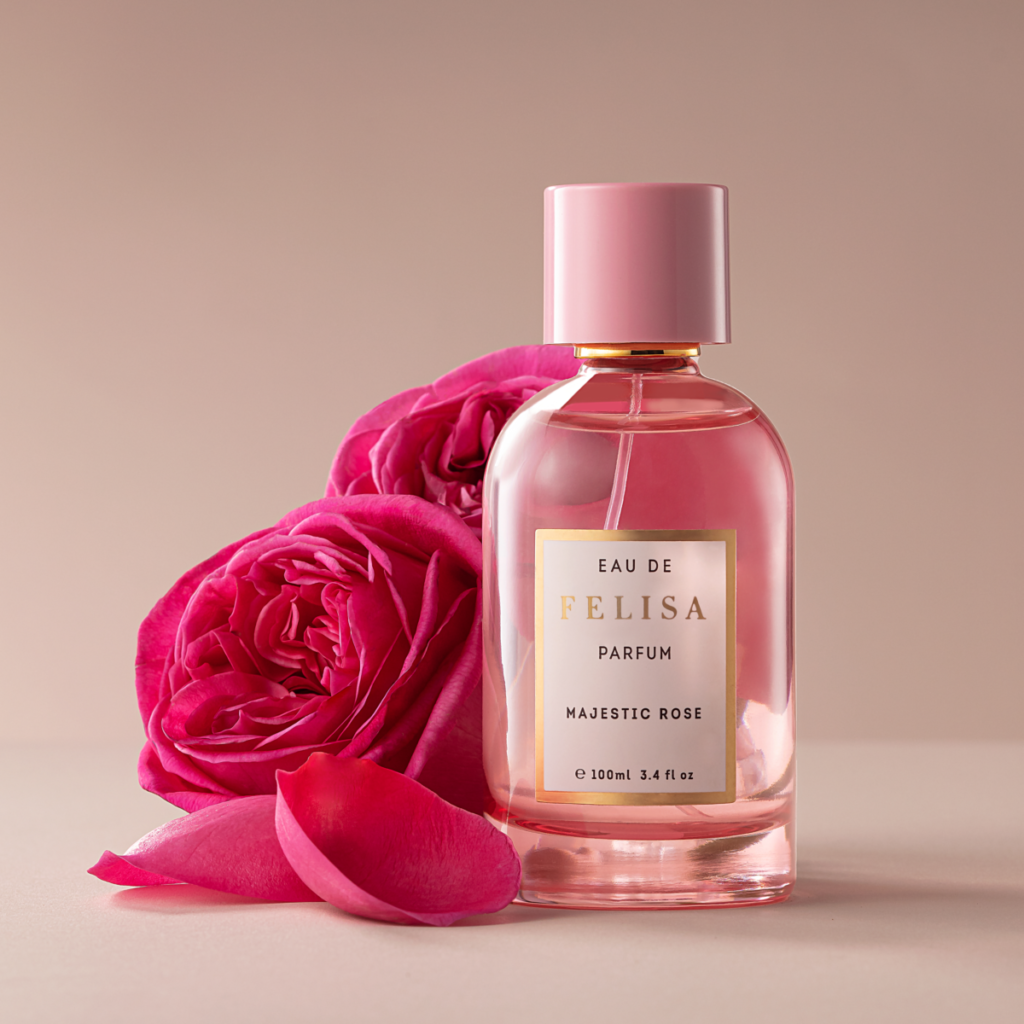
Photo 5 – Felisa Majestic Rose
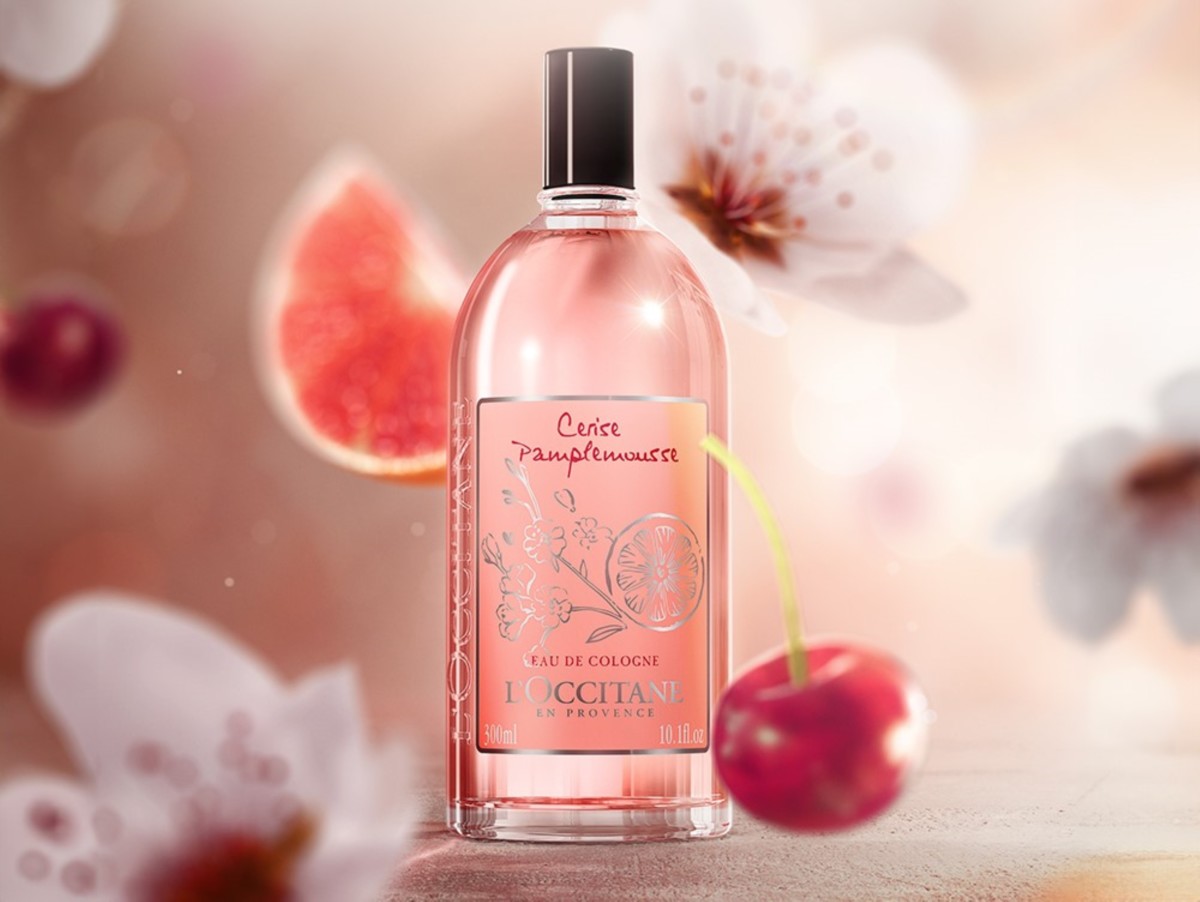
Photo 6 – L’Occitane Flor de Cerejeira by Tata
A primary role is played by flexible materials such as stand-up pouches and sachets with spouts, favoured in the mass-market cosmetics and food sectors, which also meet a need for convenience among Brazilian consumers. (photo 7 and 8).

Photo 7 – Atilatte Sticks by MELT Design
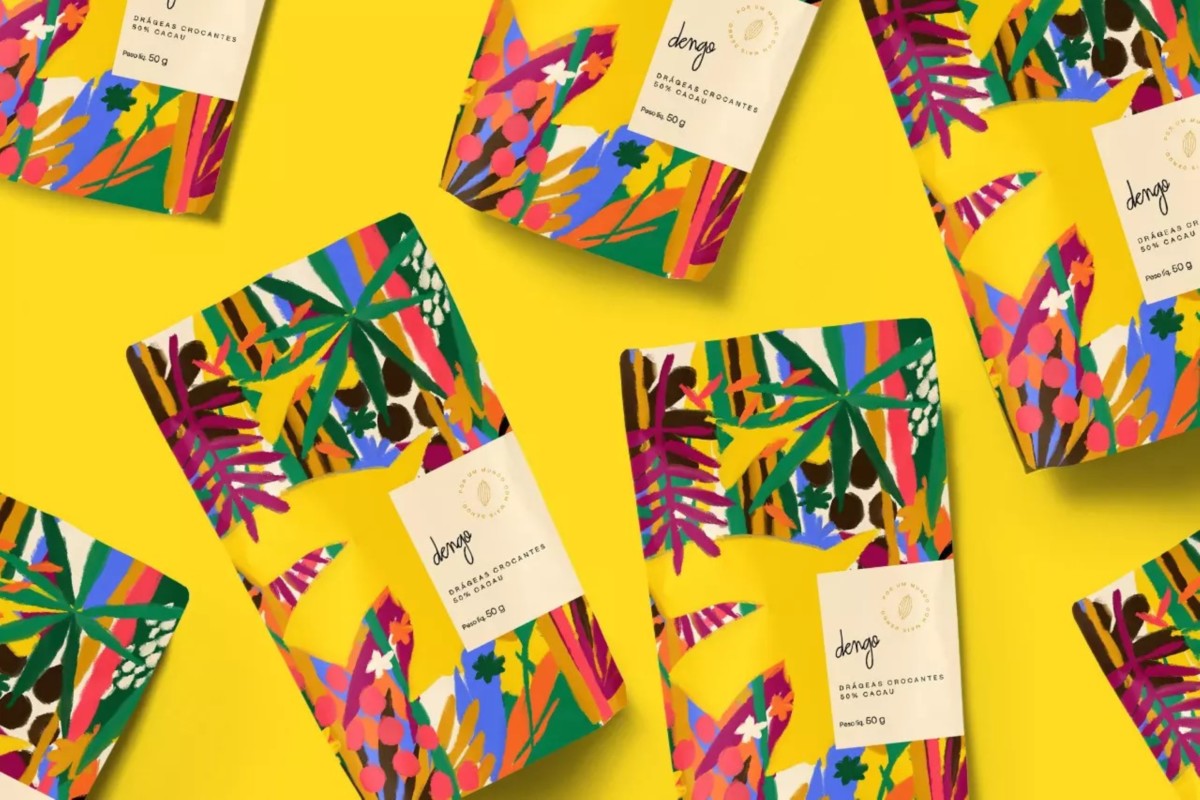
Photo 8 – Dengo by Casa Rex
In the pharmaceutical sector, on the other hand, aluminium and glass are playing an increasingly prominent role. A trend also followed by cosmetics, which sees “cool-touch” metal alloys and weight as indispensable elements for positioning in the “prestige” bracket.
Smart packaging also plays a primary role by incorporating anti-counterfeiting and traceability technologies such as RFID chips, which are increasingly high-performance and accurate, NFC tags, and blockchain traceability. In addition, QR codes are used to promote interaction with consumers including through AR (Augmented Reality), but also to monitor the freshness of perishable products.
Remaining on the subject of materials, an example of excellence is the creation and development of PEGreen, a plastic of 100% plant origin that originates from Brazilian sugar cane and is already exported worldwide. Indigenous production gives rise to this plastic, which is a virgin product and is not subject to micro defects in the finished product, unlike PCR plastic. Furthermore, compared to the material obtained from plastic islands in the seas and oceans, its origin is known from the moment it is grown in the soil. This guarantees absolute compatibility with the product it will contain, be it food or cosmetics (photo 9).

Photo 9 – EOS
2025 is therefore described as the year in which sustainability will be a significant priority, hence the development of biodegradable materials that also focus on reducing carbon footprints. This will result in technological innovation through smart packaging and the consolidation of MAP (Modified Atmosphere Packaging). Lastly, it will also see design customisation to appeal to an ever-increasing pool of consumers.


